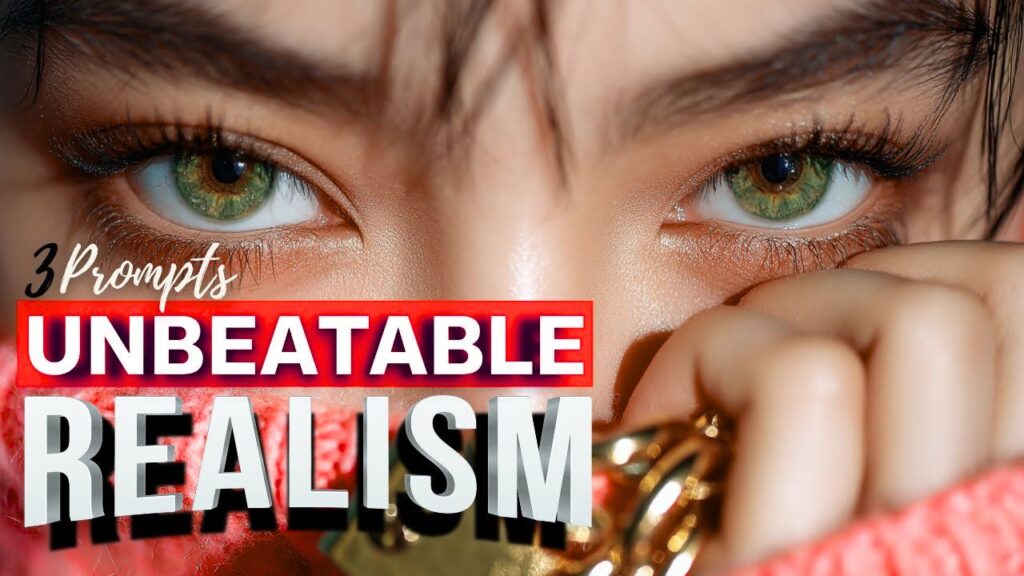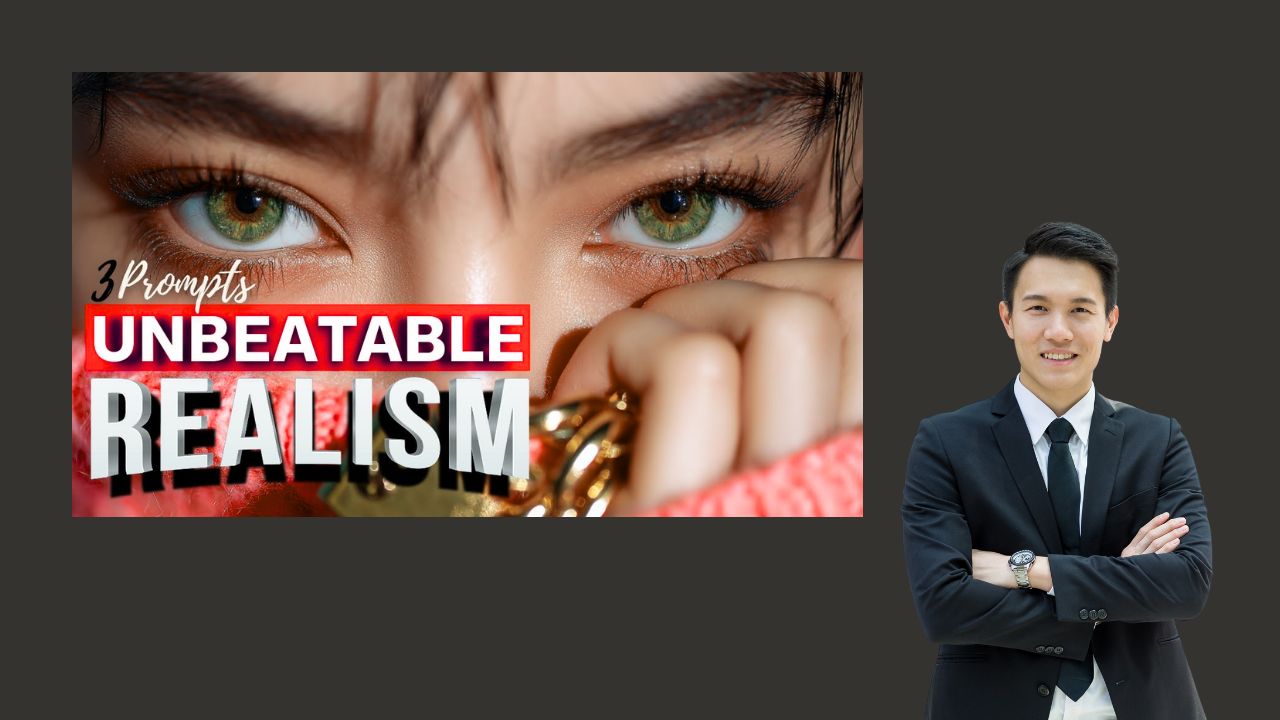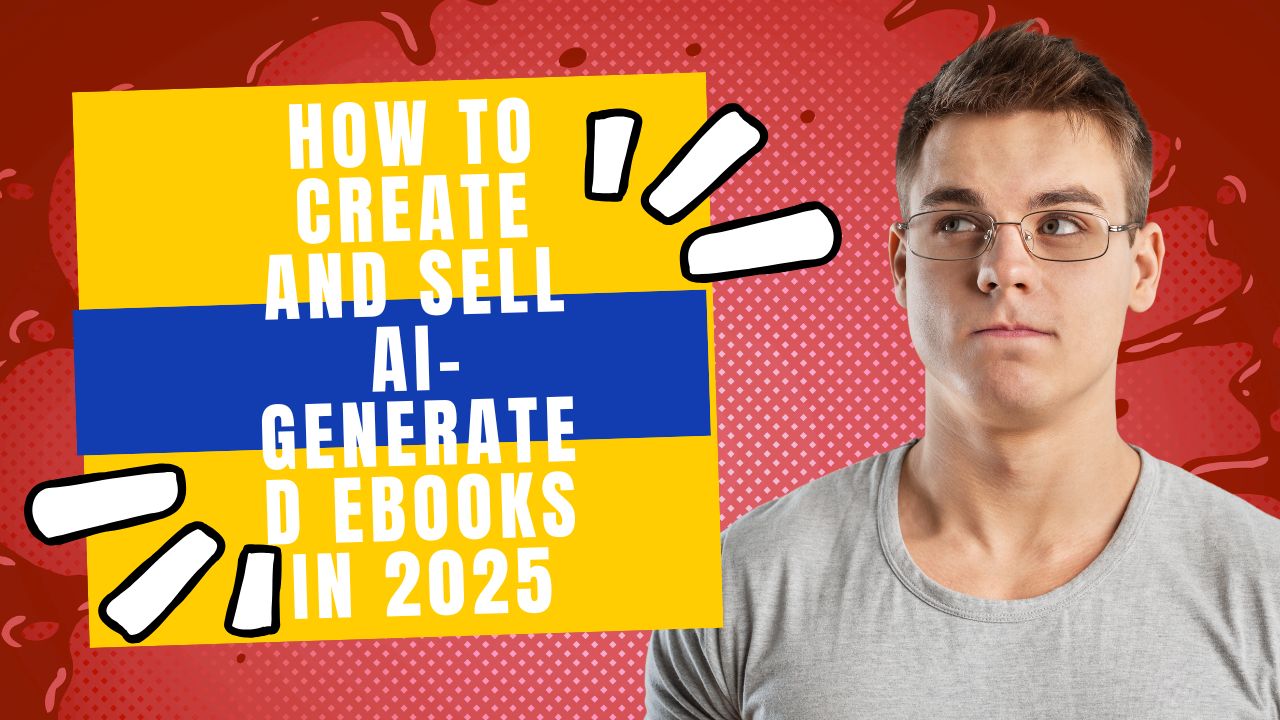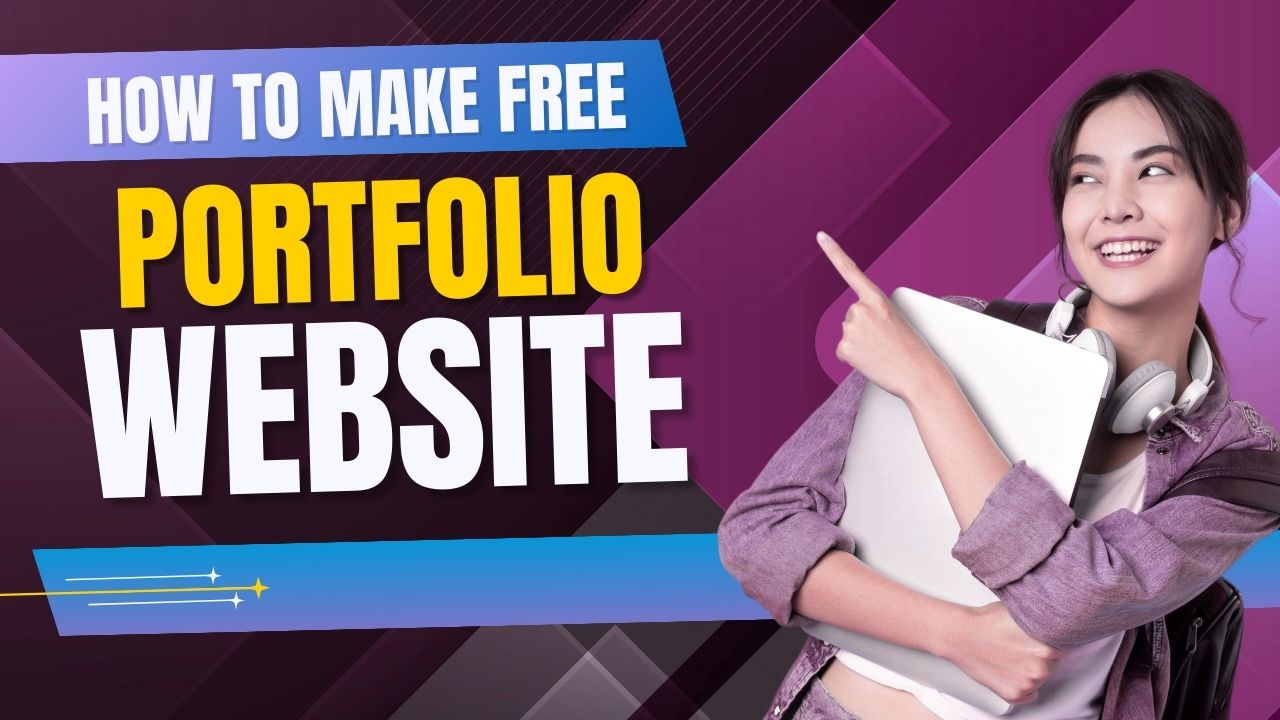The quest for generating hyperrealistic AI images is becoming increasingly competitive. As AI image generation tools like DALL-E, Midjourney, and Stable Diffusion evolve, the need for advanced prompt engineering techniques has never been greater. Traditional prompts often fall short, leaving creators frustrated with results that lack the desired realism and detail. But what if you could access the same prompt techniques used by professional creators to generate stunning, hyperrealistic images?
This article unveils three powerful AI image prompts that were once the closely guarded secrets of expert AI artists. Whether you’re a beginner or an experienced AI art creator, these techniques will revolutionize your approach to AI image generation. We’ll delve into the evolution of prompt engineering, explore the impact of model selection, and provide step-by-step guides to implementing these elite prompts. Get ready to unlock a new level of realism and detail in your AI-generated art.

The Evolution of AI Image Prompt Engineering
Prompt engineering is the art and science of crafting text prompts that guide AI models to generate specific outputs. In the realm of AI image generation, effective prompt engineering is the key to unlocking the full potential of these powerful tools.
Understanding Basic vs. Advanced Prompts
Basic prompts often consist of simple descriptions, such as “a cat sitting on a mat.” While these prompts can yield interesting results, they often lack the nuance and detail needed to create truly stunning images. This is where advanced prompt engineering comes into play.
Advanced prompts incorporate a range of techniques, including:
- Style Specification: Clearly defining the artistic or visual style, such as “realistic landscape” or “futuristic cityscape.”
- Detail Description: Providing precise descriptions of key elements, including objects, settings, colors, and lighting conditions.
- Context and Emotion Integration: Incorporating context and emotional elements to convey the desired mood or atmosphere.
- Technical Specifications: Including technical requirements such as resolution, aspect ratio, or compositional elements.
The emergence of “secret” prompt techniques has further elevated the field of AI image generation. These techniques often involve the use of hidden keywords, specific tokens, and advanced compositional strategies that are not widely known.
The Impact of Model Selection
The choice of AI model can significantly impact the results of your prompts. Models like GPT-3 and GPT-4 have distinct capabilities that can influence the quality and realism of generated images.
GPT-3 features 175 billion parameters, while GPT-4 boasts a substantially larger size, granting it more computational power and enhanced capabilities. GPT-3 is primarily unimodal, processing and generating text, whereas GPT-4 is multimodal, processing both text and images. This allows GPT-4 to perform complex tasks that integrate text and image modalities, such as captioning, summarizing, or translating images.
GPT-4 also demonstrates superior performance in language understanding, information synthesis, and creative content generation. Its refined ability to interpret dialects and emotional cues makes interactions more personalized, while its capacity to synthesize information from multiple sources enables comprehensive responses to complex queries.
Deep Dive: The Three Elite Prompts
Let’s explore three elite prompt generators that can elevate your AI image creation.
Prompt Generator #1: The Enhanced Classic
This prompt generator is an upgrade to the original “top secret” prompt, designed to provide a massive amount of unique keywords and hidden gems. It builds upon the foundation of the original prompt by incorporating additional instructions and examples to guide the AI model.
Key components that make it effective:
- Camera Specifications: Specifying the camera model and lens type to emulate the characteristics of professional photography.
- Technical Details: Including technical details such as ISO, aperture, and shutter speed to control the exposure and depth of field.
- Hidden Metadata Tricks: Incorporating hidden metadata tricks, such as “img_CR2,” to influence the AI model’s interpretation of the prompt.
Prompt Generator #2: The Professional Upgrade
This prompt generator is an upgraded version of the first, with advanced features and improvements designed to provide even more control over the generated images.
Implementation Strategy:
- Using Specific Subject Descriptions: Providing detailed descriptions of the subject, including age, gender, and physical characteristics.
- Incorporating Professional Photography Terms: Using professional photography terms, such as “editorial style” and “Vogue magazine,” to guide the AI model toward a specific aesthetic.
- Leveraging Hidden Tokens: Utilizing hidden tokens, such as “trending on ArtStation,” to influence the AI model’s style and composition.
Prompt Generator #3: The Ultimate Cheat Sheet
This prompt generator is designed to provide an unlimited amount of amazingness. It’s structured with hashtags, roles, context, and objectives.
Integration Techniques:
- Combining Multiple Prompts: Combining multiple prompts to create complex and layered images.
- Optimizing for Different AI Models: Tailoring prompts to specific AI models to maximize their capabilities.
- Advanced Token Manipulation: Manipulating tokens to influence the AI model’s style, composition, and overall aesthetic.
Practical Applications and Results
These elite prompts can be applied to a wide range of practical applications, from editorial and fashion photography to professional photography emulation.
Real-World Examples
- Editorial and Fashion Photography: Generating images that emulate the style and aesthetic of high-end fashion magazines.
- Vogue-Style Image Generation: Creating images that capture the essence of Vogue magazine’s iconic style.
- Professional Photography Emulation: Producing images that mimic the look and feel of professional photography, with realistic lighting, composition, and detail.
Technical Considerations
- Model-Specific Optimizations: Tailoring prompts to specific AI models to maximize their capabilities.
- Resolution and Quality Control: Ensuring that the generated images meet the desired resolution and quality standards.
- Troubleshooting Common Issues: Addressing common issues, such as unrealistic lighting or distorted features, through prompt refinement and parameter adjustment.
Advanced Tips and Techniques
To further enhance your AI image generation skills, consider the following advanced tips and techniques:
Keyword Optimization
- Hidden Tokens and Their Effects: Experiment with hidden tokens to discover their unique effects on the generated images.
- Photography-Specific Terminology: Incorporate photography-specific terminology to guide the AI model toward a specific aesthetic.
- Professional Imaging Standards: Adhere to professional imaging standards to ensure that the generated images meet the desired quality and realism levels.
Quality Enhancement Strategies
- Lighting and Composition Tricks: Utilize lighting and composition tricks to create visually appealing and realistic images.
- Detail Enhancement Techniques: Employ detail enhancement techniques to bring out the finer details in the generated images.
- Realism Optimization: Optimize prompts for realism to create images that are indistinguishable from real-world photographs.
Future Trends and Developments
The field of AI image generation is constantly evolving, with new techniques and technologies emerging all the time.
Emerging Prompt Engineering Techniques
- New Discoveries in Token Manipulation: Exploring new ways to manipulate tokens to influence the AI model’s output.
- Model-Specific Innovations: Discovering model-specific innovations that can enhance the quality and realism of generated images.
- Community Developments: Participating in community discussions and sharing insights to advance the field of AI image generation.
Industry Impact
- Professional Photography Integration: Integrating AI image generation into professional photography workflows to enhance creativity and efficiency.
- Commercial Applications: Exploring commercial applications of AI image generation, such as advertising, marketing, and product design.
- Creative Industry Adoption: Encouraging the adoption of AI image generation in the creative industry to unlock new possibilities and push the boundaries of art and design.
Recommended reading: 3 Best Free AI Voice Generators That Outperform ElevenLabs in 2025: The Ultimate Guide to Unlimited AI Voice Creation
Conclusion
By mastering the three elite prompts and advanced techniques outlined in this article, you can transform your AI image generation skills and create stunning, hyperrealistic images that were once the exclusive domain of expert AI artists. Remember to experiment, refine your prompts, and stay up-to-date with the latest developments in the field. With dedication and practice, you’ll be well on your way to unlocking the full potential of AI image generation.


